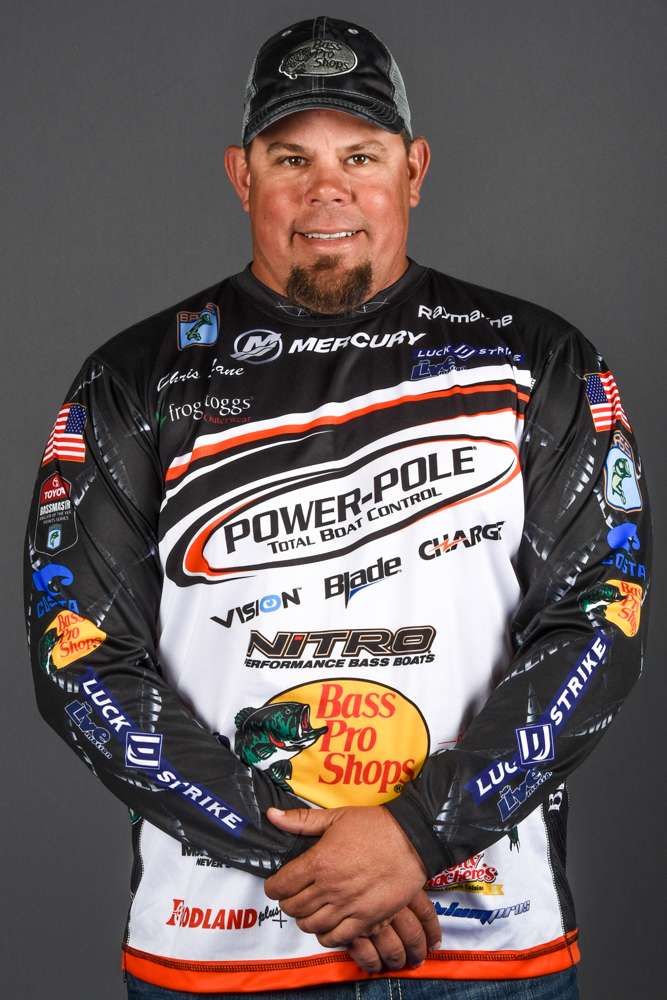This week I’m going to write about the physical side of Lake Guntersville. I hope some of what I have to say will help you if you’re lucky enough to come here and fish. Or, maybe it’ll help you follow and understand the 2014 Geico Bassmaster Classic a little better.
The lake is just over 70 miles long, covers 67,000 acres of water at normal pool and offers anglers a little less than 1,000 miles of shoreline. It’s best known for its grass but there’s a lot more to Guntersville than that.
With that in mind let’s take a look at the details. We’ll start at the upper end.
The upper end is best described as a classic river system. There are places where it’s no more than a quarter of a mile wide. The channel is well-defined with current. How much current depends upon how much water they’re pulling. At times it can be very strong.
The river and creek channels are deep — over 20 feet — and they typically don’t have much cover on them unless they’re running close to the shore. Then, they’ll support shoreline grass, rock of all sizes, stumps and laydowns. The upper end covers a solid one-third of the lake.
Things are different down near the dam. This area is more like a true lake.
There’s a river channel and it’s deep like in the upper section. But, there’s a lot more grass on the huge, expansive and shallow flats that border the channel. There’s also plenty of grass along the banks and back in the creeks.
The creeks in the lower section are intense. What I mean by that is that they are big; they are long; and they are wide. Sometimes they have a fairly strong current running in them.
If the water from the upper and middle sections isn’t running hard the water will be clear in the lower section. (It gets filtered by the upper section and middle section grass.) This will allow for more grass growth. Under normal conditions it’ll grow down to 18 feet or so.
The middle part of the lake is a mixture of everything. I think of it as a reservoir.
There are well-defined channels, lots of shoreline grass — and some on the flats that are starting to show as you travel down towards the dam — as well as rock, wood and several docks. There are even a few islands in this part of the lake.
As you can see Lake Guntersville is unique. A lot of lakes are one thing or another. Not so with Guntersville. That creates a very interesting situation for anglers fishing her in late winter and early spring.
The fish are all over the place when it comes to the spawn. It’s not unusual to see big females on the beds in one place and postspawn bass busting shad in another, on the same day. And, on some days you can catch prespawn bass in a third place. There’s no one way to catch them here.
Next week we’ll talk about the grass, what it does for the lake and how it affects the bass fishing.
Chris Lane’s column appears weekly on Bassmaster.com. You can also find him on www.twitter.com/ChrisLaneFishand www.facebook.com/chrislanefishing or visit his website, www.chrislanefishing.com.

